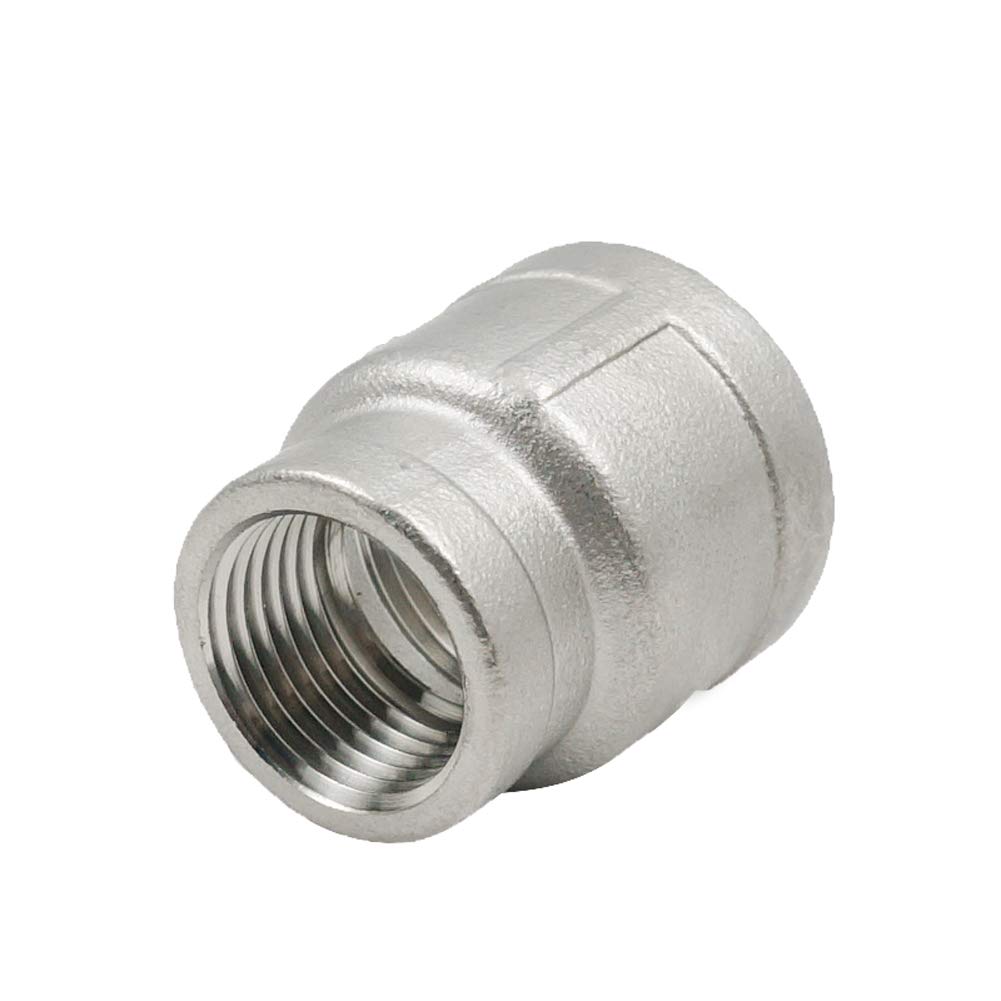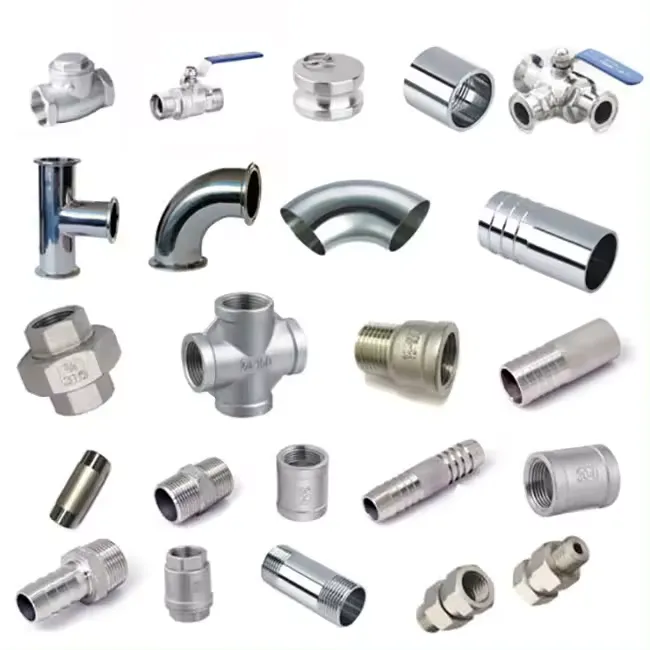Straight Reducing Coupling
1. Material: The straight reducing coupling is typically made from high-quality steel or stainless steel to ensure durability and reliability in various industrial applications.
2. Size: Available in a range of sizes to accommodate different shaft diameters and meet specific requirements for connecting two shafts of different sizes seamlessly.
3. Design: The design of the straight reducing coupling allows for easy installation and secure connection between shafts, minimizing the risk of misalignment and ensuring smooth operation.
4. Application: This type of coupling is commonly used in machinery, equipment, and systems where there is a need to connect two shafts of different sizes while maintaining efficient power transmission.
5. Benefits: The straight reducing coupling provides a cost-effective solution for connecting shafts, reducing vibration, compensating for misalignment, and enhancing overall system performance.
Types of Reducer Couplings
1. Gear Couplings: Gear couplings are known for their high torque capacity and excellent misalignment compensation, making them ideal for heavy-duty applications such as mining and steel mills.
2. Flexible Couplings: Flexible couplings offer vibration damping properties and are commonly used in applications where shock absorption and noise reduction are essential, such as automotive and aerospace industries.
3. Fluid Couplings: Fluid couplings provide smooth power transmission and are often used in applications where overload protection and torque control are critical, such as conveyor systems and pumps.
4. Magnetic Couplings: Magnetic couplings offer hermetic sealing and non-contact power transmission, making them suitable for applications where leakage prevention and maintenance-free operation are required, such as medical devices and food processing equipment.
5. Hydraulic Couplings: Hydraulic couplings provide variable torque transmission and speed regulation, making them ideal for applications that require precise control and energy efficiency, such as robotics and automation systems.
Benefits of Reducer Couplings
1. Torque Transmission: Reducer couplings efficiently transmit torque between shafts, ensuring smooth power delivery and optimal performance in various industrial applications.
2. Vibration Damping: These couplings help reduce vibration and noise levels, improving overall system stability and prolonging the lifespan of machinery and equipment.
3. Misalignment Compensation: Reducer couplings can compensate for angular, parallel, and axial misalignments between shafts, minimizing wear and tear on components and preventing breakdowns.
4. Power Efficiency: By enhancing power transmission efficiency and reducing energy losses, reducer couplings contribute to lower operating costs and increased productivity in industrial settings.
5. Real-World Examples: For instance, in the automotive industry, reducer couplings are used in drivetrain systems to connect the engine to the wheels, ensuring smooth acceleration and efficient power transfer.

Installation and Maintenance Tips
1. Proper Alignment: Ensure that the reducer coupling is properly aligned with the shafts to prevent premature wear and damage.
2. Regular Inspection: Periodically check for signs of wear, corrosion, or misalignment, and replace or realign the coupling as needed.
3. Lubrication: Apply lubricant to the coupling regularly to reduce friction and increase its lifespan.
4. Temperature Control: Monitor the operating temperature of the coupling to prevent overheating and potential system failures.

5. Professional Maintenance: Consult with a qualified technician for any installation or maintenance issues to ensure optimal performance and safety.
Factors to Consider When Choosing Reducer Couplings
1. Torque Capacity: Select a reducer coupling with the appropriate torque rating to meet the requirements of the application.
2. Misalignment Tolerance: Consider the level of misalignment compensation needed based on the shaft alignment in the system.
3. Environmental Conditions: Evaluate the operating environment, including temperature, humidity, and exposure to chemicals, to choose a coupling that can withstand these conditions.
4. Maintenance Requirements: Assess the ease of installation and maintenance of the coupling to minimize downtime and reduce overall costs.
5. Cost-Effectiveness: Balance the initial cost of the coupling with its long-term durability and performance to ensure a cost-effective solution for your application.
About HZPT
HZPT, established in 2006, is a leading manufacturer and exporter of high-quality couplings with a strong reputation in Europe and the United States. With 16 years of experience in design and R&D, we offer a wide range of couplings, including radial elastic couplings, gear couplings, and fluid couplings, tailored to meet the diverse needs of our global customers. Our commitment to customer satisfaction, top-notch quality, and competitive pricing sets us apart in the industry. Contact us today to experience the superior products and service that HZPT has to offer.
